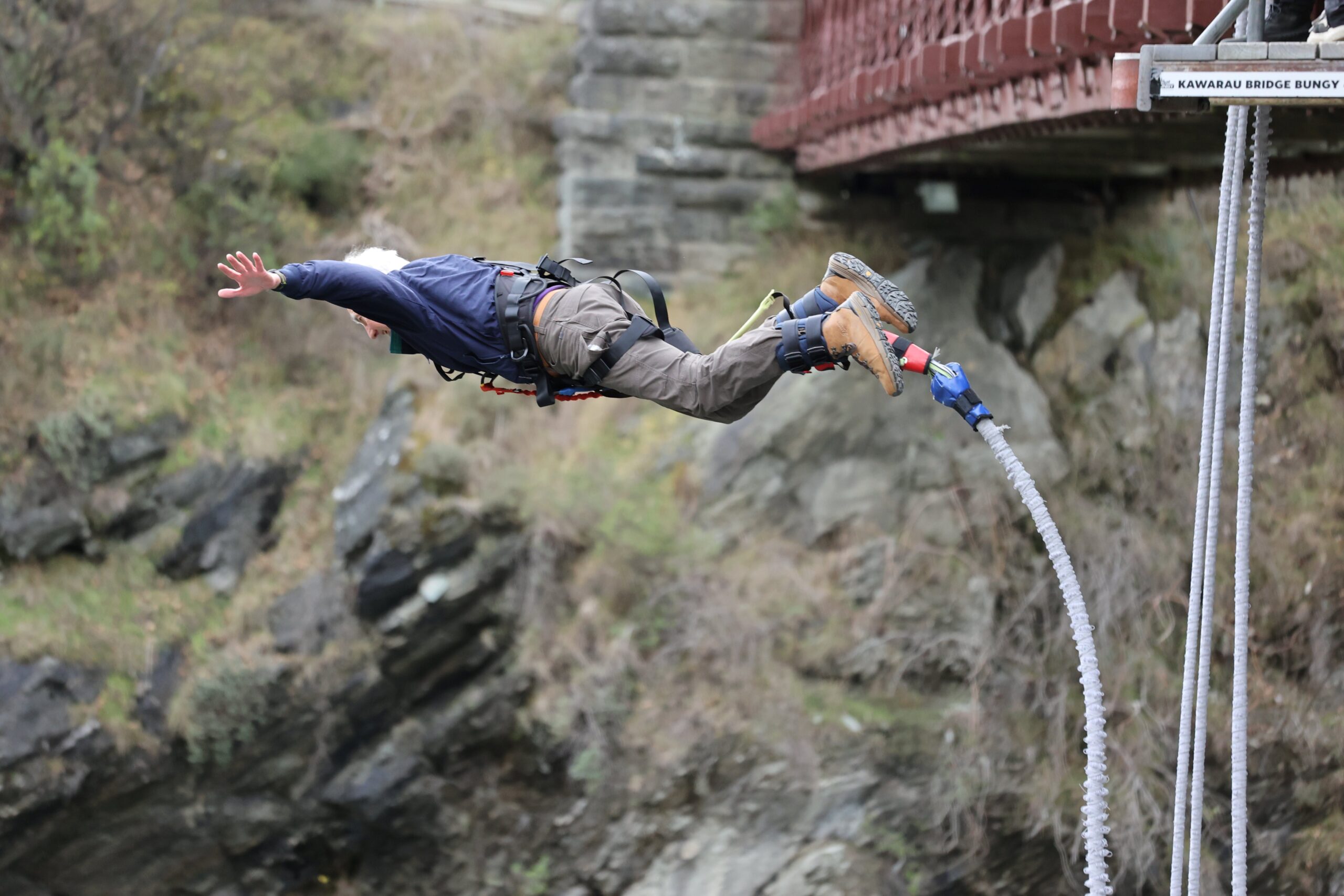September 2025: My participation with the 27th International Congress of History of Science and Technology in Dunedin, New Zealand, wrapped up in early July on a satisfying note. There were over 900 registered attendees (with about 400 in-person) who enjoyed a week of plenary lectures and paper presentations set in classrooms across the University of Otago campus. I had contact with many of these attendees given my work on the local organizing committee in putting together the final schedule; it had been an all-consuming task for over a year, and it was pleasing to see it all come together when the Congress opened.
After the Congress, I turned my attention to exploring New Zealand for the rest of July followed by four weeks of travel in Australia. It was my first visit to both countries, so there were plenty of places to see, hikes to take, adventures to try, museums to enjoy, etc. Let me highlight just one activity from these travels: bungy jumping from the Kawarau Bridge near Queenstown, NZ.

June 2025: A new short historical column appeared in the June 2025 SIGHPC Connect newsletter. It is titled High-Performance Tabulating in the Late 19th Century – please take a look!
April 2025: Back in the 1970s when I was a systems programmer in the Cal Poly San Luis Obispo Computer Center, system performance was a regular part of my job in wanting to improve the throughput of our overloaded IBM 360 batch and DEC PDP-11 timesharing systems. Doing something that decreased batch card deck job turnaround times and terminal response times for interactive users made using campus computers a more enjoyable/less painful experience for students and supported the university in its larger educational mission.
I think back on these days from time to time and, thanks to the Internet Archive, I found a copy of my very first talk and subsequent paper published in the Fall 1979 conference proceedings of DECUS (Digital Equipment Computer Users Society) meeting held in San Diego, California. This paper talked about using the MINITAB statistical analysis program to analyze system stats from a PDP-11 RSTS/E timesharing system to obtain descriptive graphs and regression analysis diagrams. Paired with the suggestions offered in my paper, this information not only provided guidance on what system configurations changes to try, either hardware or software adjustments, it went on to advise acquiring new data to see if those changes made any actual improvement.
It was a heady time for someone in the early phase of a career in computers and looking back a long way from where I stand now having recently completed a PhD in the humanities. No doubt my writing could have been better, a challenge that remains true even today, but the paper gives me a good sense of where I started and how far I have come since that conference 46 years ago.
